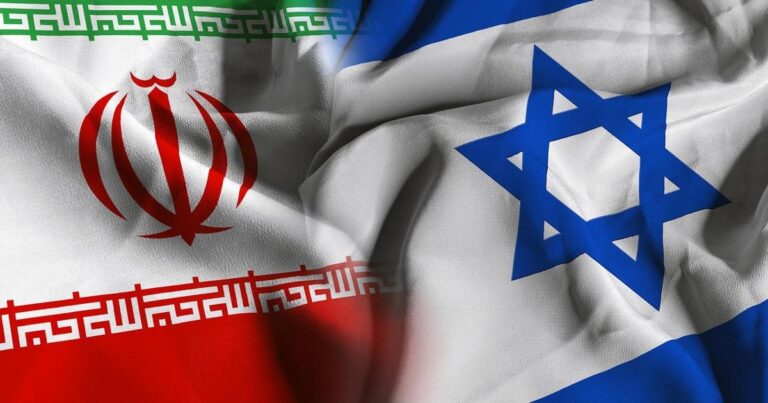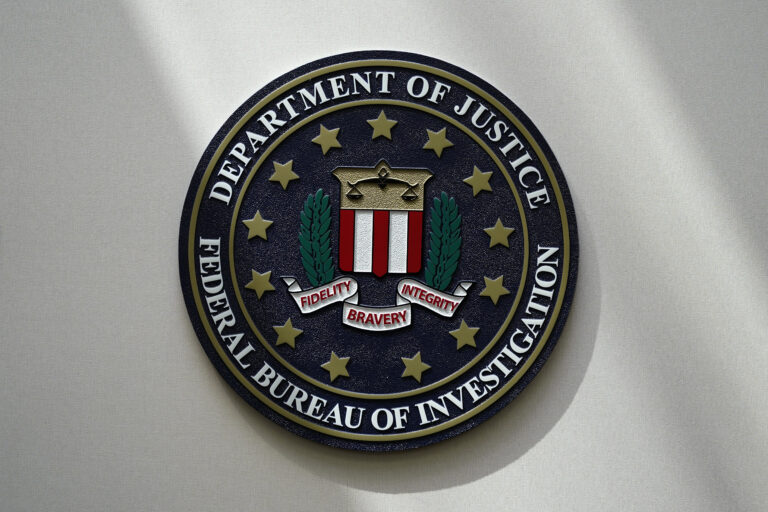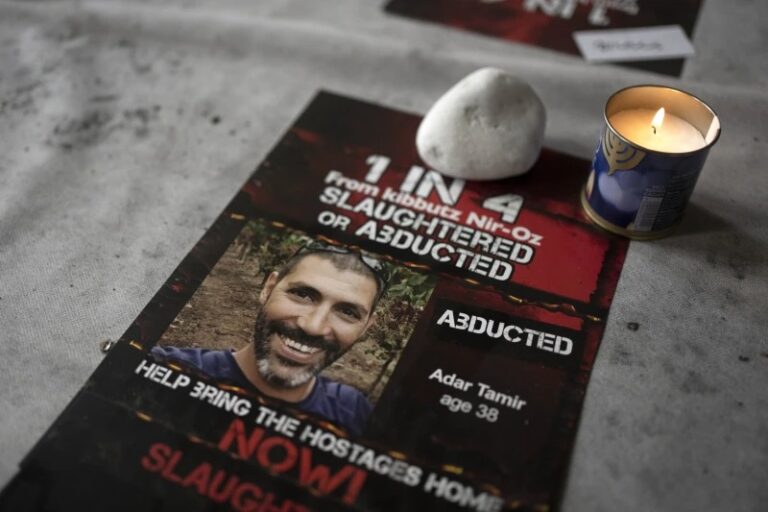 By Rabbi Yair Hoffman for the Five Towns Jewish Times
By Rabbi Yair Hoffman for the Five Towns Jewish Times
True it is still not yet Yom Kippur. But there are ill patients out there that want to know what they should do. They are nervous, and it is not good to be nervous before Rosh Hashana. Therefore, here is a guide about eating on Kippur for the sick. It is, of course, unnecessary to state that one should consult both one’s doctor and Posek in regard to any medical issue.
PSYCHOLOGICAL DIMENSION
It is important to know that the Torah does not want us to endanger ourselves by being overly stringent in matters of fasting. If it is determined that a patient must not fast – then it is a Mitzvah, in fact, to eat. Indeed, there is a very serious punishment that is exacted upon people who refuse to eat when it is medically mandated (See MB 618:5).
Experience, however, tells us that when people get very ill or very old, they often do not think logically when it comes to their own health. It is often excruciatingly painful for old and sick people to eat – even though they must. As a consequence, they will often use their lifelong strict adherence to halacha as an excuse not to eat even when instructed to do so.
How should family members deal with this?
They should patiently and lovingly say that their Mitzvah now is to eat, just like there is a Mitzvah to eat on Erev Yom Kippur. Often the best manner to approach it is to divert their attention with other matters or questions when one feeds them. Sometimes switching the feeder, or laying guilt trips can work too. [This is all referring to situations when there is no feeding tube or parental-nutrition-port.]
Of course there are other situations where a generally healthy person may have recently just taken ill too. It is therefore important to be familiar with the definitions and parameters found below.
“BELOW THE THRESHOLD” PROHIBITION
There are actually two different prohibitions that are violated when a regular person eats on Yom Kippur. The less commonly known prohibition is called “below the threshold prohibition” or the “Chatzi shiur prohibition.” This is when one eats a little, tiny amount of food – an amount that is below the general threshhold of a k’zayis in a certain amount of time. Although this prohibition is a Torah one, it does not invoke the serious punishment of Karais. It is also set aside whenever there is anyone who is dangerously ill.
But what about the regular “above-the-food-threshold” prohibition? May a dangerously ill person violate this regular prohibition if he can be eating “below the threshold?” Although this issue is actually a debate, the consensus of opinion is that if it is completely feasible from a medical perspective, such a person should just eat and drink “below the threshold.” [The Brisker Rav on Rambam Hilchos Shvisas Asor 2:8 rules that the laws of “below the threshold” apply only to a woman who just gave birth or an expectant mother who has a deathly urge to consume, but others who are dangerously ill may eat normally. The Ran, Kol Bo and Maggid Mishna rule that it applies to all who are dangerously ill.]
PARAMETERS OF “BELOW THE THRESHOLD”
What are the parameters of “below the threshold?” The parameters involve both time and food amounts. The “food amounts” are volume measures – not weight measures. And guess what? Food and drink are different – very different.
FOOD AMOUNTS
The food measurement is a constant –two thirds of a medium egg (see SA OC 618:7) – understood as one fluid ounce. The liquid measure varies according to each person. If it is determined that the patient should be fasting on Yom Kippur, then if feasible, the maximum quantity of food that may be eaten at one eating session is one fluid ounce – or 30 milliliters (ccs). It is a good idea to prepare these amounts in schnapps cups in advance. Proteins are of course more filling than starches.
LIQUID AMOUNTS
The amount for liquids varies – depending upon the person’s individual cheek volume (poskim have ruled that this is when the person still has teeth). Remember, it is not a mouthful, but rather a cheekful – one side of the mouth. For the average person one can figure 35 milliliters. For a small person it could be 30 milliliters.
All this refers to regular water. However, a few years before his passing (before Yom Kippur of 5769), Rav Elyashiv zatzal ruled that a person could actually use a different option – consuming water that has a Pagum (unnatural) taste that is not normally consumed because of its negative taste. The rationale for this ruling (based upon a Ramah) is that such drinking does not constitute a normal form of drinking and is thus only forbidden by Rabbinic ruling. The Rabbis, however, never made such enactments for people that are dangerously ill. More on this will follow in the next section.
ANTIBIOTICS
There are some people who have some life-threatening illnesses that require the consumption of a very potent anti-biotic. These anti-biotics must be consumed with a significant amount of water. Because of this, the Pagum water suggestion of Rav Elyashiv zt”l would be the most appropriate approach to this dilemma.
But, what should be the recipe for such water? It should be distasteful enough that a normal person would not be drinking the water, yet not so distasteful as to cause the drinker to get sick or to violate the prohibition of bal teshaktzu – doing something disgusting.
One should always check with one’s doctor, but this author has experimented with various concoctions to create the Pagum-water. [Do not take the Pagum water if your doctor does not advise it for you.] The recipe that best fits the bill, in this author’s opinion, is a room temperature 16.9 ounce bottle of water, mixed with a half teaspoon of granulated onion powder and three shakes of salt. [The onion powder should first be dissolved in a small amount of hot water before Yom Kippur if possible. This will keep it as Pogum but will help reduce possible stomach unrest later.] If there is a negative reaction to the Pagum water, one can always go back to the “below the threshold” method.
Experiments conducted by this author have revealed the following revelation: The colder the water, the more onion powder and salt one can tolerate.
TIME AMOUNTS
What is considered an eating or drinking session? Ideally, one should try to space them every nine minutes. The view of Rav Chaim Na-eh for food is 8 minutes (See Shiurei Torah 3:15). Rav Moshe Feinstein zt”l writes (Igros Moshe OC IV #41) that b’dieved – in a case of need, they should have a gap of 4 minutes between them. In regard to liquids one should shoot for a nine minute gap, but if not a four minute gap. [The timing is based on the idea that the eating of a Pras – four eggs. The Mishna Brurah writes 618:20 that the shiur for this is nine minutes.] If this is not possible, then, for liquids, one should try to fulfill the view of the Chasam Sofer (Responsa Volume VI #23) of a gap of at least two minutes. These are the main views.
CONCLUSIONS
As discussed earlier, it is this author’s opinion that the material under discussion should be more widespread and made more available to others. Whenever there is a doubt as to whether one is dangerously ill and there is no doctor or knowledgeable Rabbi that is present or available, one should , of course, feed the patient. We should all know the one ounce food figure and then a nine minute gap formula and the four minute gap if this is not possible. It may also be worthwhile to have pre-filled one ounce food containers available for emergency situations too.
May Hashem, the Healer of all illness, grant us all a year of health, parnasah and nachas from our families and ourselves.
The author may be reached at [email protected]






One Response
Nice, but one should consult his posek and doctor on thus serious matter, and NOT rely on this article.